Panoramic view of Thai Vi temple in the middle of the mountains and forests of Trang An Scenic Complex
Thai Vi Temple is located in Van Lam village, Ninh Hai commune, Hoa Lu city (now Nam Hoa Lu ward, Ninh Binh province). The temple is located in the middle of a beautiful landscape in the ancient O Lam forest. Surrounding the temple are limestone mountains, on the right side of the temple is the winding Ngo Dong river, on the left is Coi Linh mountain, behind is the majestic Cam Son mountain range.
Thai Vi Temple faces south, in front of the temple there is a circular jade well built with monolithic green stone slabs, with clear water all year round. The temple grounds are surrounded by walls built of boulders. The temple gate is built of stone, on both sides there are two large monolithic stone horses standing in attendance. Behind the gate are structures symmetrically arranged along the sacred axis: a rectangular lake, a bell tower - drum tower on both sides and the main temple in the center.
Thai Vi Temple has a structure of monolithic stone and elaborately carved wood.
A representative of the Cultural Heritage Department, Department of Culture and Sports of Ninh Binh province said: After King Tran Thai Tong abdicated the throne, he traveled to An Khang. He saw majestic mountains, many caves and the Ngo Dong River winding like a silk strip flowing into the mountain cave, so he was surprised by the natural beauty here.
Therefore, King Tran Thai Tong ordered the construction of a small hermitage in Ca cave, but because the terrain was narrow and inconvenient for travel, he chose a spacious piece of land outside the south of the cave, with beautiful terrain, lush trees, and a dragon-shaped land to build a hermitage for practice and named it Thai Vi hermitage.
At first, the population was sparse, living in hamlets and villages, so it was called O Lam. He recruited people to establish hamlets, encouraged people to reclaim wasteland, and develop agriculture. After Tran Thai Tong passed away, his eldest son, King Tran Thanh Tong, had a statue built to worship at Thai Vi Temple, provided money and land for incense offerings, and established national laws.
Mr. Chu Van Thim (86 years old), the head of Thai Vi temple, shared: The main temple consists of three palaces: the First Palace, the Second Palace, the Third Palace with 28 stone pillars 3.2m high (including 22 square stone pillars, 6 round stone pillars). The special thing is that all the architectural components of the main temple are almost made of stone, only the roof support structure is made of wood. All of these stone pillars are carved by ancient artisans with the four sacred animals, dragons curling up in the water, dragons attending... extremely sophisticated and beautiful.
On the stone pillars, the front side is carved with parallel sentences in Chinese characters, the back side is carved with dragons, clouds, phoenixes, unicorns, etc. The large dragon image is the main decorative theme on the pillars. The dragon is embossed with a large head, facing inward, its body has scales, winding along the length of the pillar, and its body has many dark clouds.
Mr. Chu Van Thim, the head of Thai Vi temple, shares about the unique features of the temple.
The Third Palace has 5 rooms, the Second Palace has 3 rooms, the First Palace has 5 rooms, 2 floors, 4 roofs, built with gables. The Second Palace and the First Palace are separated by a stone wall and designed with 3 doors. On the door is a monolithic stone slab carved with a dragon facing the sun and a phoenix holding a letter, very prominent.
In the temple grounds there is a bell tower built during the reign of King Duy Tan. The bell tower has 2 floors, 8 roofs and 32 wooden pillars. The roof support system including pillars, beams and beams are all made of ironwood.
In addition to its special historical value, intangible cultural heritage, and architectural landscape, Thai Vi Temple also preserves many valuable artifacts such as stone horses, stone steles, bells, etc. Thai Vi Temple was not only the resistance base of Dai Viet army and people against the Yuan-Mongol army in the 13th century, but also a place to hide weapons of our army and people during the resistance war against French colonialism. The temple was ranked as a national historical-artistic relic by the Ministry of Culture and Information in 1994.
The temple is associated with the history of the Tran Dynasty, worshiping King Tran Thai Tong, Queen Hien Tu Thuan Thien, King Tran Thanh Tong, Tran Nhan Tong, Tran Anh Tong and talented generals of the Tran Dynasty: Hung Dao Dai Vuong Tran Quoc Tuan and Chieu Minh Dai Vuong Tran Quang Khai.
Thai Vi Temple is located in the Trang An, Tam Coc – Bich Dong Scenic Complex in the historic Hoa Lu Ancient Capital. The temple is surrounded by majestic mountains and forests, standing out in the vast rice fields. This is a highlight of historical and cultural value, creating a special historical and scenic complex for this area and attracting a large number of domestic and international tourists.
Source: https://baovanhoa.vn/van-hoa/den-thai-vi-chung-nhan-lich-su-van-hoa-giua-nui-rung-trang-an-149928.html



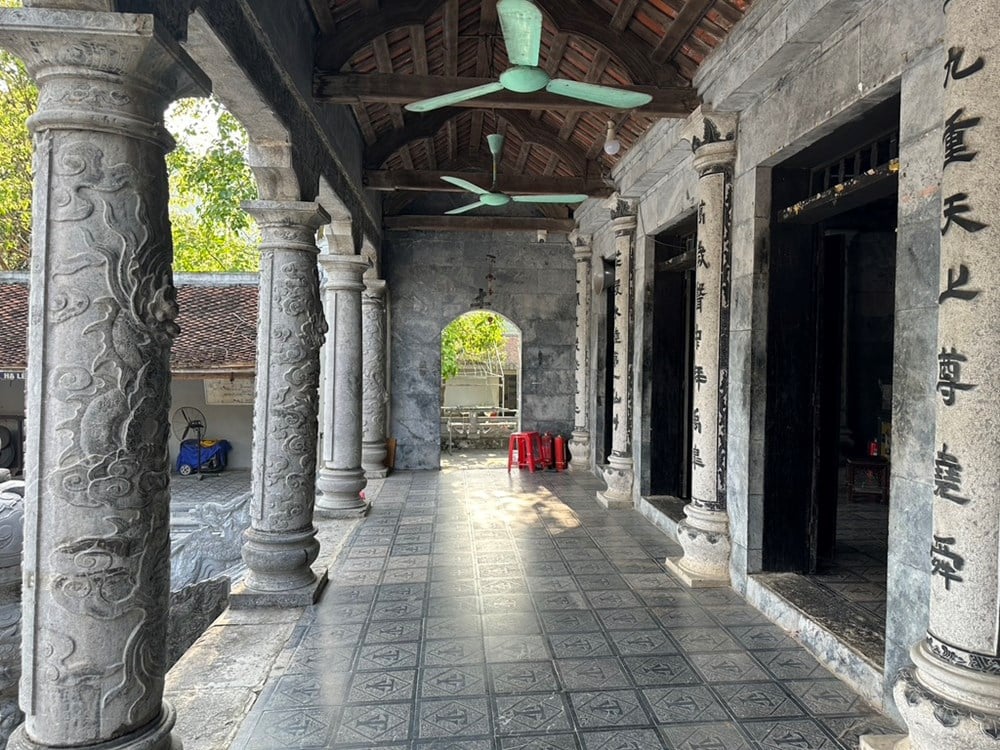
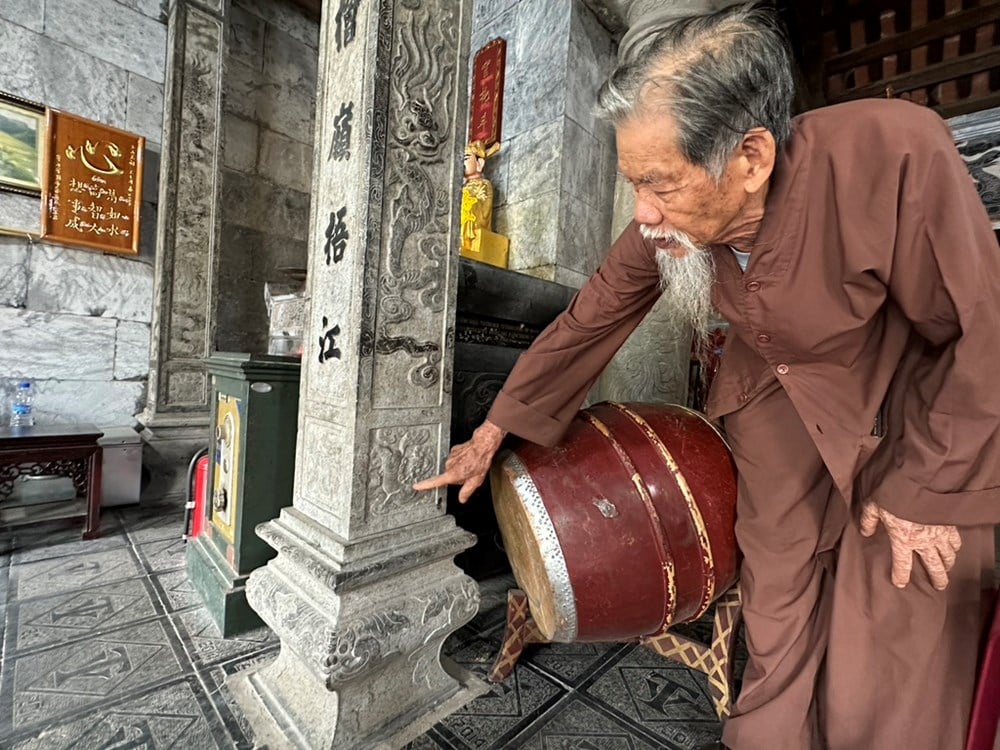





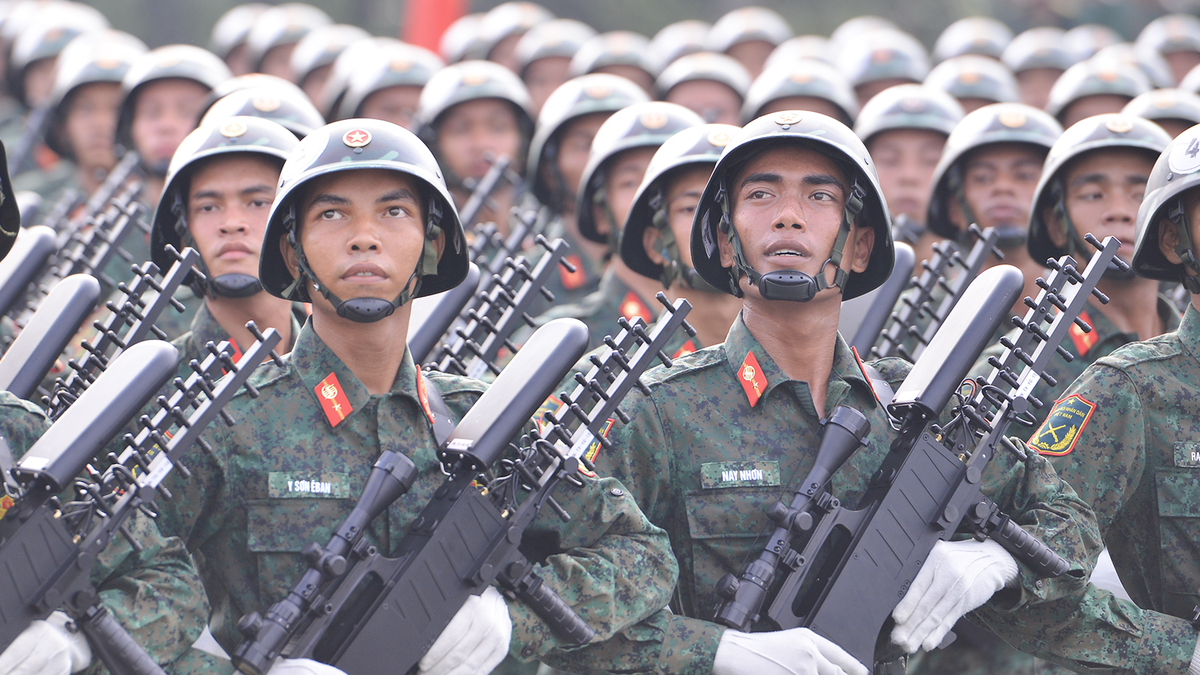

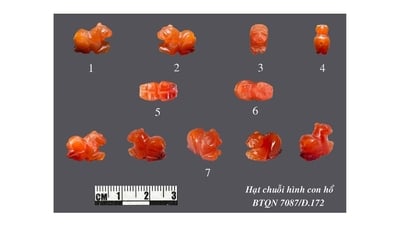

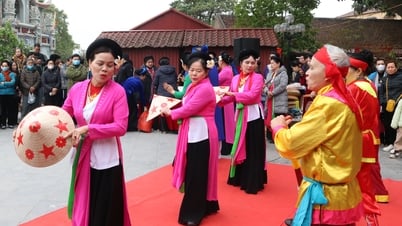

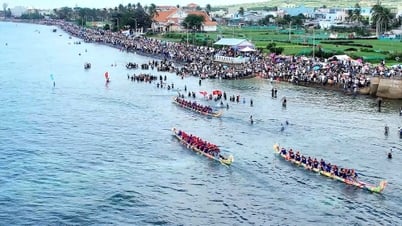
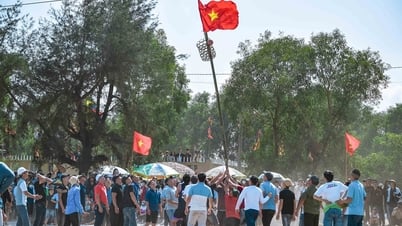
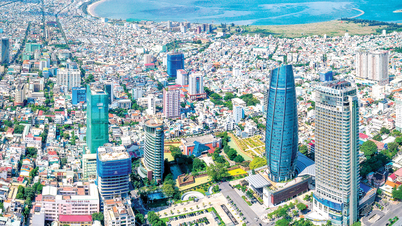





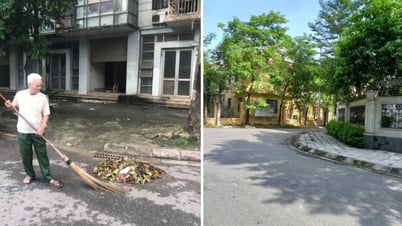
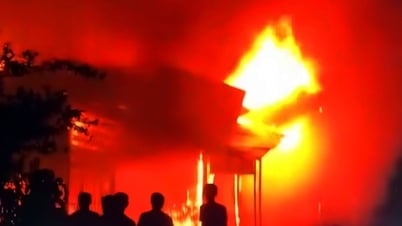
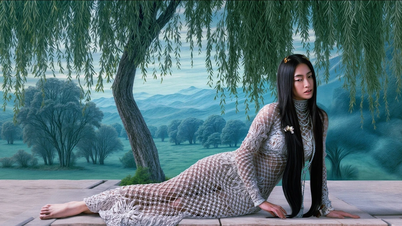






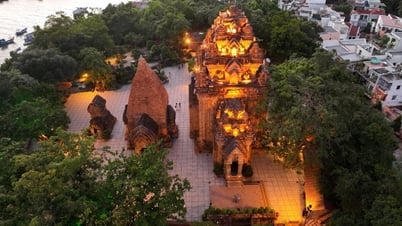



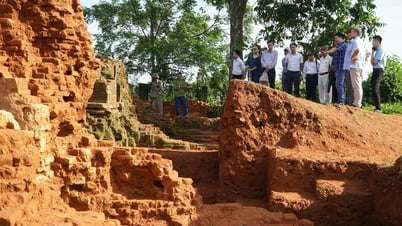


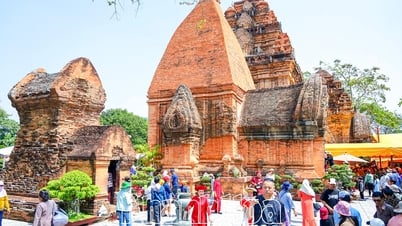

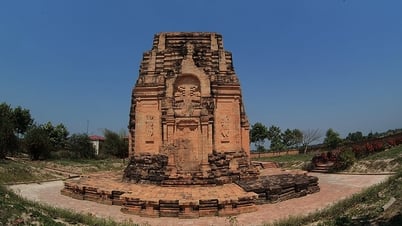

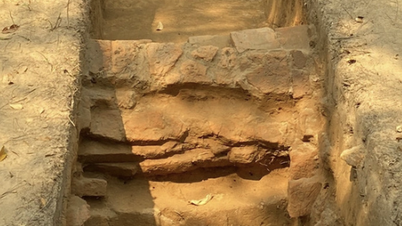

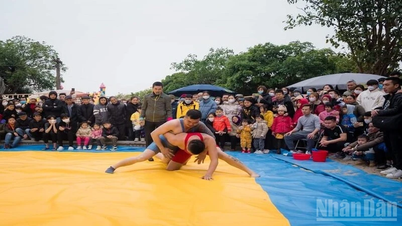



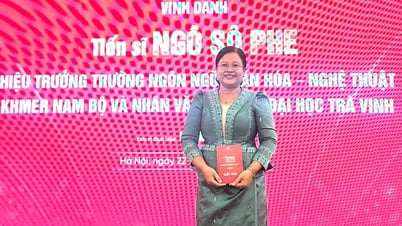

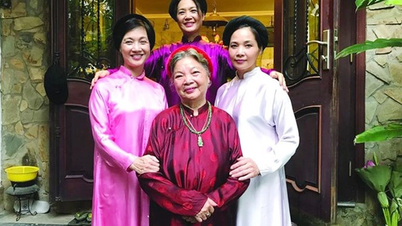











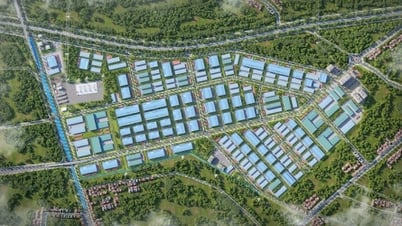



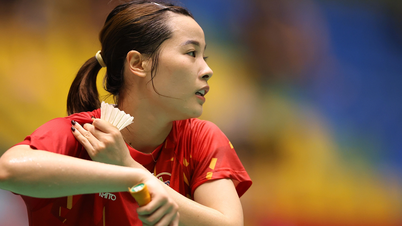




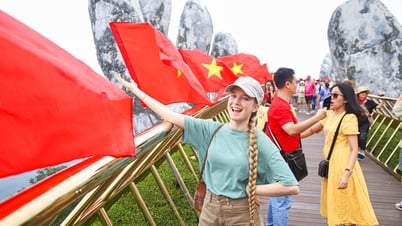


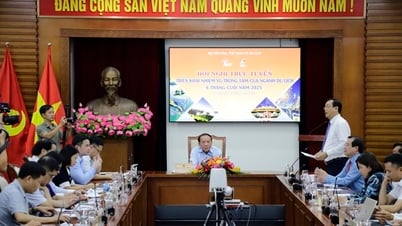
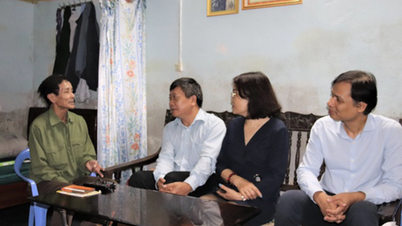

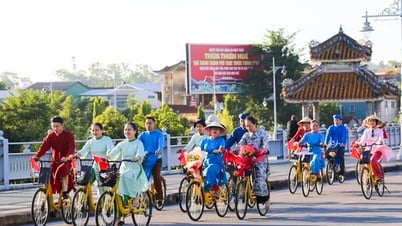
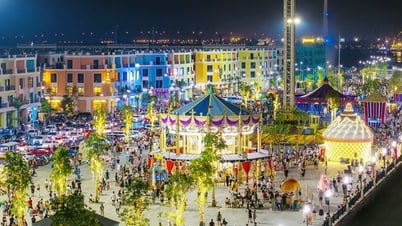


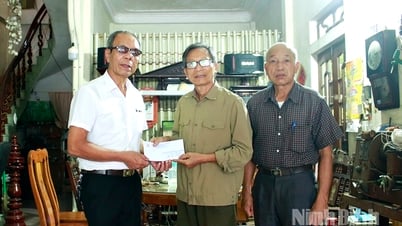

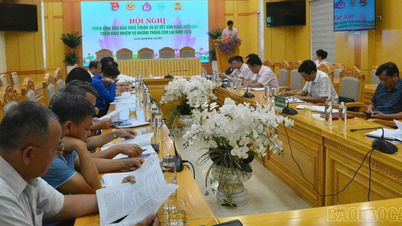

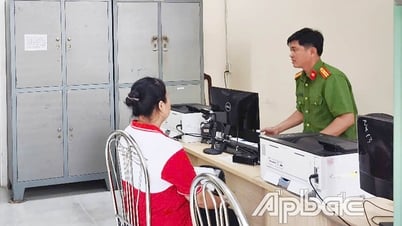



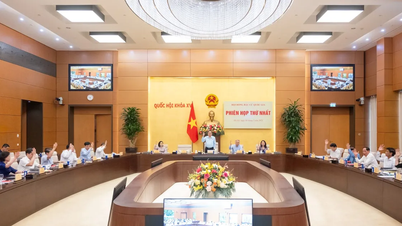

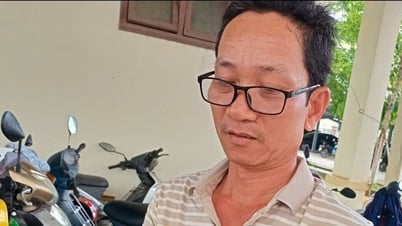
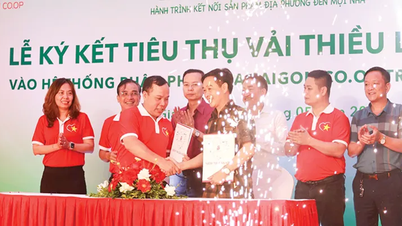

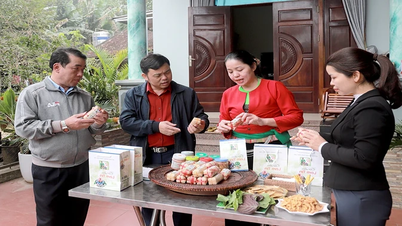






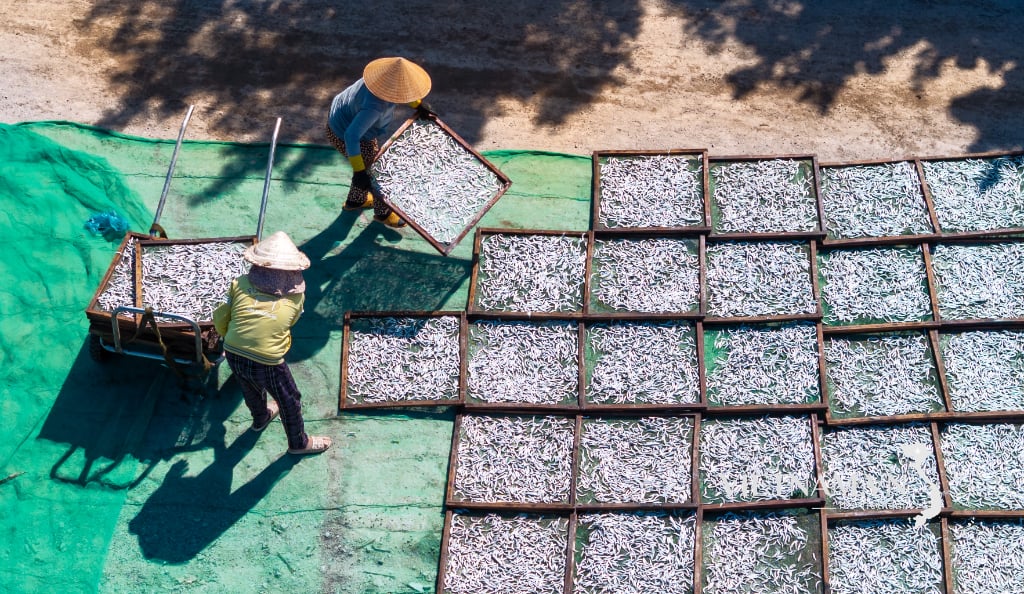
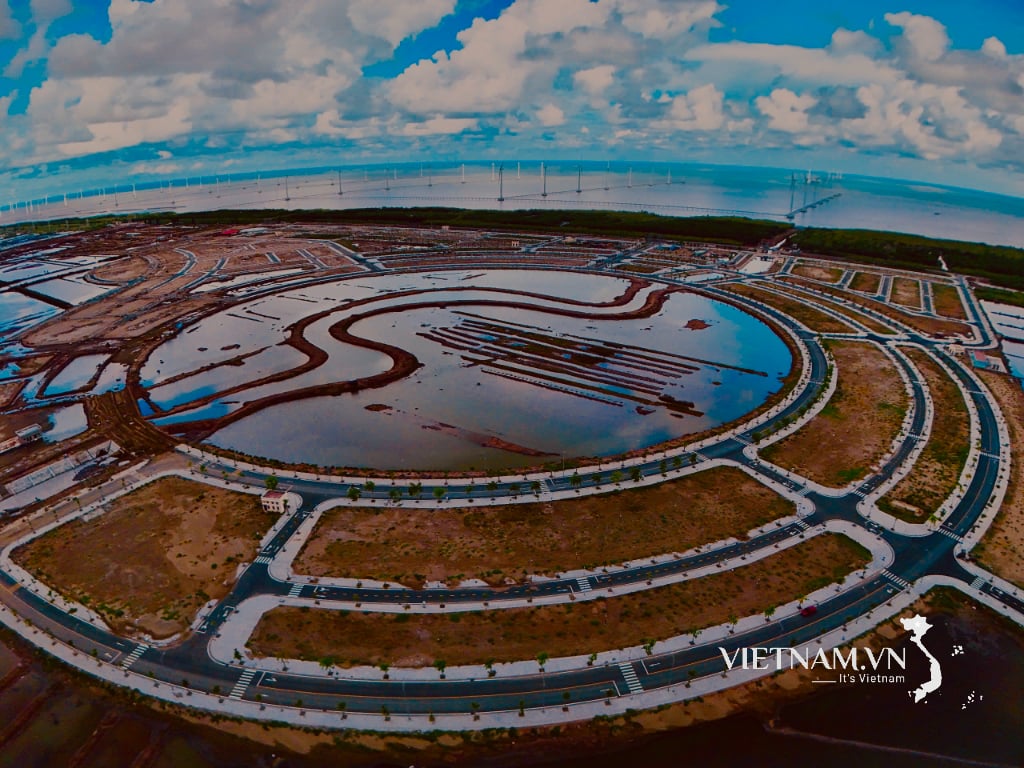


Comment (0)